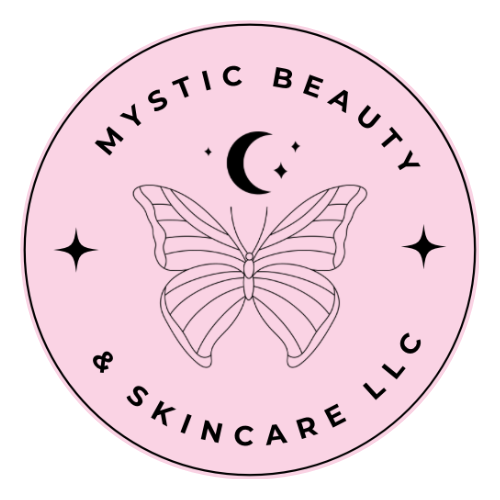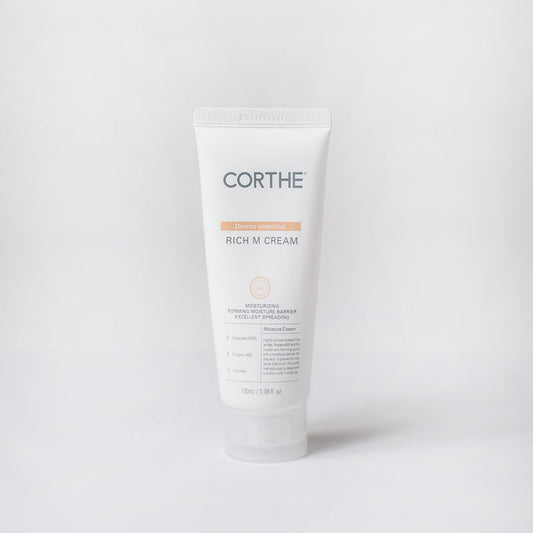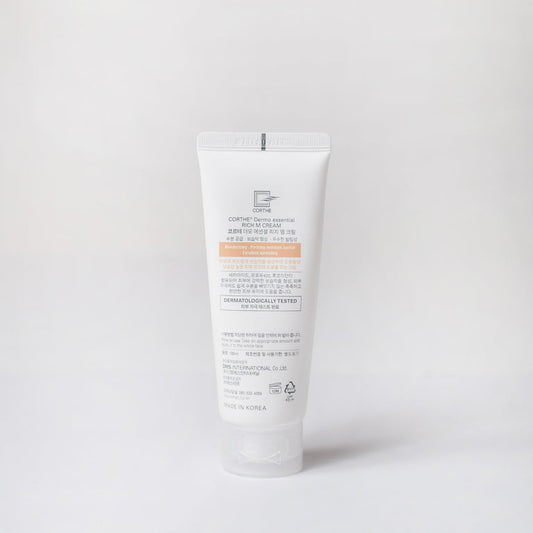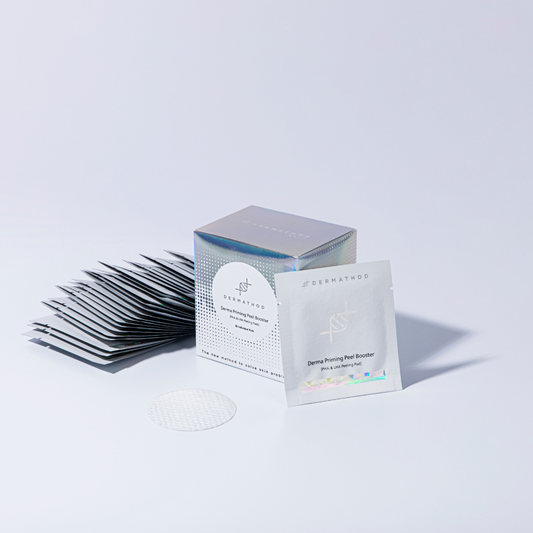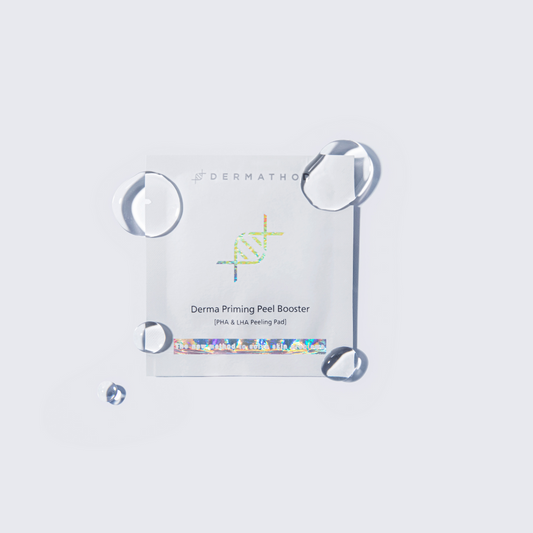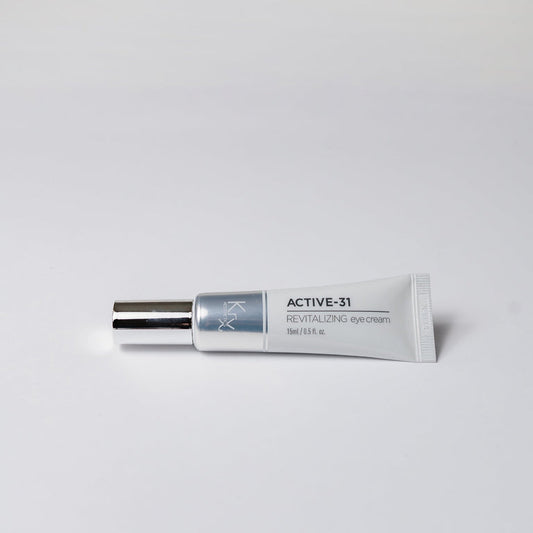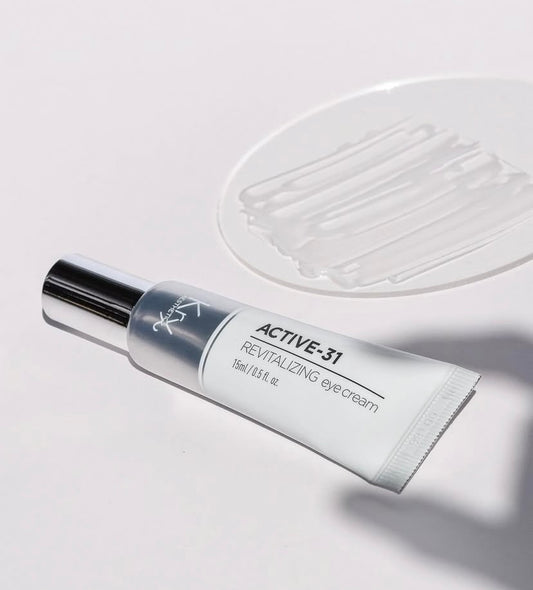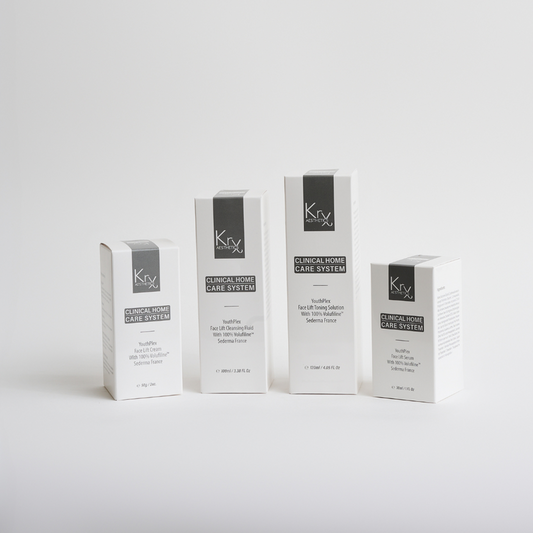
Traditional Korean Skincare History: Ingredients and Timeline
Share
A Timeless Journey Through Korean Skincare Traditions
Korean skincare has taken the global beauty world by storm—but the roots of K-Beauty run far deeper than just trends. Behind the glowing skin and innovative products lies a centuries-old skincare philosophy centered around nature, prevention, and harmony.
Let’s explore the rich history of Korean skincare, from ancient rituals to today’s most advanced formulations.
Ancient Origins (57 BCE – 668 CE)
Natural Korean Skincare in the Three Kingdoms Era
Skincare was already an essential part of daily life during Korea’s Three Kingdoms period (Goguryeo, Baekje, and Silla). Beauty was tied to health, and the use of natural remedies was widespread.
Popular ingredients included:
Rice Water: A natural brightener rich in vitamins and minerals, used for cleansing and toning.
Camellia Oil: A deeply moisturizing oil that helped keep the skin soft and supple.
Hanbang Herbs: Traditional Korean medicine introduced healing ingredients like ginseng, green tea, and mugwort—now common in modern K-Beauty.
These practices emphasized gentle care, hydration, and barrier support—principles still central to Korean skincare today.
The Goryeo Dynasty (918–1392)
Luxury and Herbal Innovation in Early Korean Skincare
As beauty rituals became more refined, skincare moved beyond function into the realm of luxury and artistry.
Hanbang Integration: Herbal medicine was deeply woven into skincare, introducing ingredients like gold powder and crushed pearls for radiance.
Ceramic Beauty Jars: Cosmetics were stored in handcrafted porcelain containers, signifying the sacred nature of skincare rituals.
This era highlighted a more holistic and indulgent approach to beauty, blending science and art.
The Joseon Dynasty (1392–1897)
Simplicity and Natural Glow Take Center Stage
The Joseon Dynasty valued minimalism and natural beauty, and skincare reflected that shift.
Less Makeup, More Skincare: Women focused on nourishing the skin with gentle, effective ingredients rather than covering it.
Top Ingredients:
Mung Beans: Used as exfoliators and anti-inflammatory agents
Honey: Loved for hydration and healing
Apricot Seed Oil: Known for smoothing texture
These routines inspired today’s “glass skin” philosophy—radiant, clear, and luminous skin from within.
Modern K-Beauty (1990s–Present)
A Global Phenomenon Rooted in Tradition
Korean skincare saw massive expansion in the 1990s, fusing ancient wisdom with cutting-edge innovation. The K-Beauty boom was born, revolutionizing skincare worldwide.
Game-Changing Innovations:
BB Creams and Cushion Compacts: Now staples in beauty routines everywhere.
Sheet Masks: A modern take on ancient herb-soaked cloths.
Essences, Ampoules, and Multi-Step Routines: All rooted in layering hydration and active ingredients, a core Hanbang principle.
Despite high-tech advancements, K-Beauty maintains its commitment to gentle, effective, and natural ingredients—many used for centuries.
Key Elements of Modern Korean Skincare
Multi Routines: Cleanse, exfoliate, tone, treat, and hydrate—each intentional layer serves a purpose.
Customization: Products are formulated to treat specific concerns like acne, pigmentation, and barrier damage.
Holistic Beauty: Skincare is seen as self-care, combining mental wellness, diet, and ritual.
You can experience this blend of tradition and technology with professional-grade products like the Neogenesis Beta-Glucan Serum —a modern take on Korea’s healing skincare legacy.
Conclusion: Skincare Rooted in Legacy, Elevated by Innovation
Korean skincare is more than a trend—it’s a timeless ritual rooted in nature, science, and intentional care. By honoring ancient traditions while embracing innovation, K-Beauty offers a truly holistic and effective approach to skin health.
Whether you're starting with a simple cleanser or exploring full routines, Korean skincare brings you closer to glowing, balanced, radiant skin—naturally.
